In the COVID-19 pandemic stricken year of 2021, tourism trips made by residents of the European Union to another EU Member State had an average duration longer than one week – 7.9 nights – ranging from 4.3 nights for trips to Czechia and Luxembourg to 11.3 nights for trips to Romania.
Eurostat published some interesting statistics involving the 27 EU Member states plus Iceland, Liechtenstein, Norway and Switzerland. Together these four form the European Free Trade Association (EFTA).
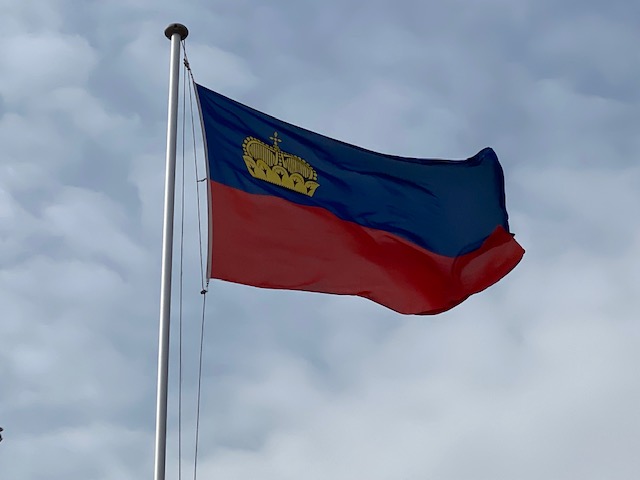
“Differences in the duration of trips across Europe are often associated with accessibility in terms of transport and the proximity of the main generating markets. For instance, the relative price (and distance) to reach Romania will motivate tourists to stay longer, while the proximity and accessibility of Czechia to its main generating market (Germany, followed by Slovakia) will make short breaks of a few days the more likely way of visiting this country”, Eurostat says.
This also applied to Luxembourg, whose main generating market was the nearby Germany, followed by France. However, in 2021 the different restrictions related to COVID-19 had also an important role.

€741
Inbound visitors coming from other EU Member States spent on average €741. Ranging from €295 in Slovakia, a country with many short trips by tourists from neighbouring countries, to €1,332 in Greece, followed by Cyprus (€1,103) and Spain (€994).
These three destinations have relatively long stays of at least 9 nights on average and a prevalence (76% of trips or more) of air travel to reach the country.
Per night, visitors from the EU to other EU countries spent on average €94, ranging from €40 for trips to Romania to €134 per night for trips to Greece.
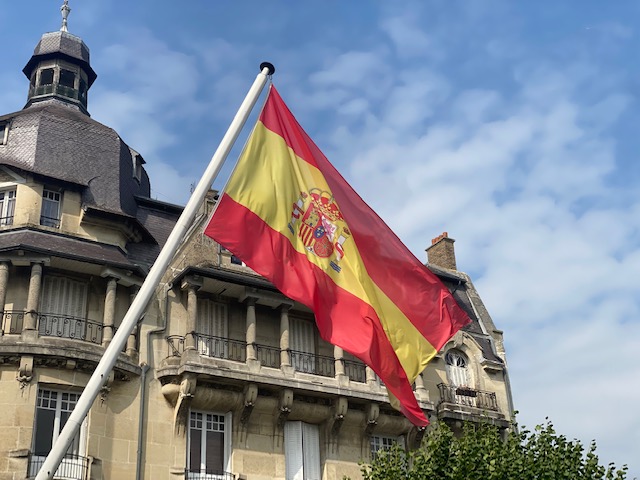
His Majesty, King Automobile
Residents of the EU made 110 million tourism trips of at least one overnight stay to destinations in another EU Member State in 2021. For 55% of those trips, rented or private motor vehicles were the main means of transport, followed by airplane (33%). Train (5%), bus (3%) and transport using waterways (2%) were far less significant.
Eurostat doesn’t mention this, but the numbers must be influenced by coronavirus related social distancing rules. Wearing a face covering for hours on a plane or a train isn’t so fun. If you have a car, you will have used it more likely.
When looking at the countries visited, air transport accounted for at least three out of four intra-EU inbound flows in Ireland (96%), Cyprus (87%), Greece (83%), Malta (81%) and Spain (76 %).
In six countries, the share of inbound trips made by motor vehicle was 75% or more: Luxembourg (87%), Austria (83%), Croatia (79%), Slovenia (78%), Slovakia (76%) and the Netherlands (75%).
Only in Estonia was waterway the dominant means of transport for inbound visitors (62 % of all intra-EU trips) most likely because of the popular ferry connection between Tallinn and Helsinki. The share of waterway was particularly high also for intra-EU trips to Finland (28 %) and Sweden (24 %).
Railway was relatively significant for visitors to Belgium (13% of intra-EU inbound trips) and Czechia and Germany (both at 9%), while buses were relatively significant (at least 6%) for intra-EU trips to Czechia, Latvia and Hungary.
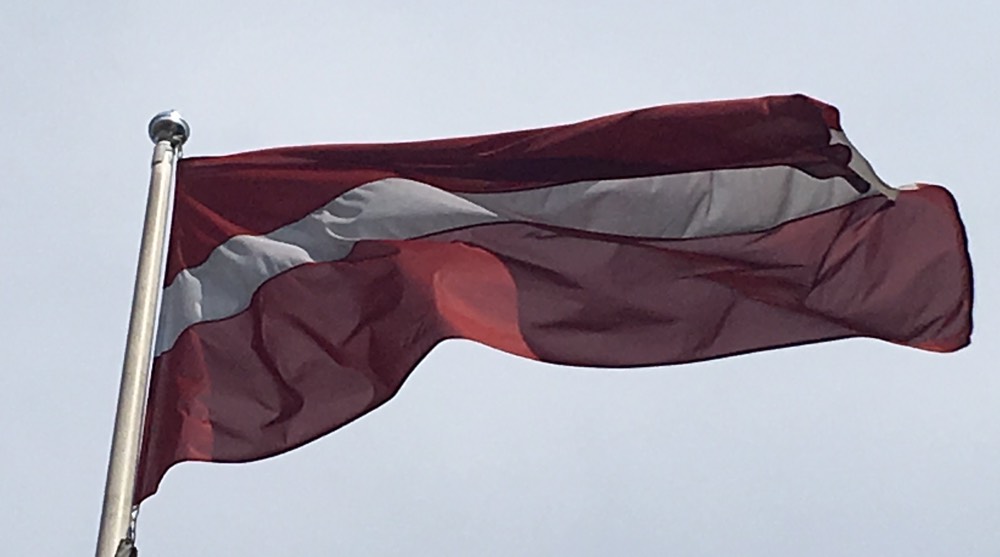
Over 2 out of 3 intra-EU tourism nights were spent in rented tourist accommodation
In 2021, EU residents spent 863 million tourism nights during their trips to other EU countries. Over 2 out of 3 (67.7%) of those nights were spent in rented tourist accommodation establishments.
Hotels or similar accommodation providing services such as daily cleaning and bed-making came on top with 34%, while 21% of all intra-EU tourism nights were spent at a house, villa or apartment and 9% in campsites (including caravan or trailer parks). The remaining 3% were spent in other types of rented accommodation such as a youth hostel or a mountain hut.
Looking at non-rented accommodation, own holiday homes accounted for 9% of all intra-EU tourism nights and accommodation provided for free by friends or relatives for 21%.
Across the European Union, the significance of rented and non-rented accommodation for inbound visitors was quite contrasting, with the share of rented accommodation ranging from 96% of all EU residents’ tourism nights in Malta to 13% of those spent in Romania.
This, along with the long duration of stays in Romania, makes us think Romania mostly welcomes family. There’s is quite a significant Romanian diaspora and the Romanians are bound to make annual visits to their motherland. But Eurostat doesn’t mention this.
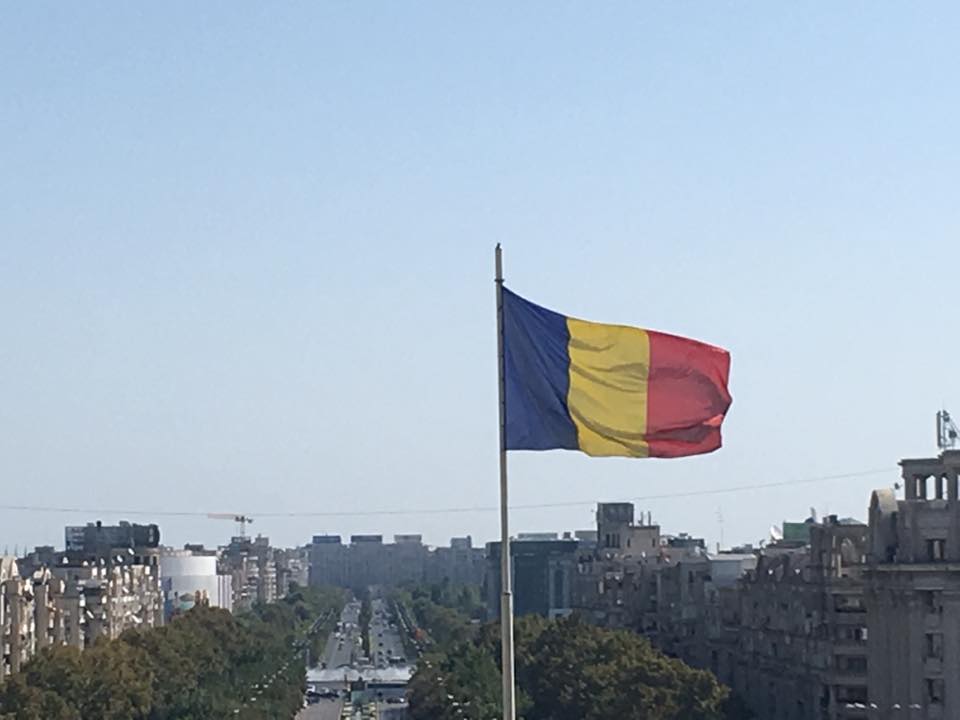
More than 1 in 3 intra-EU trips were made in July and August
Looking at the breakdown by month of departure of trips, August (21.0%) and July (16.4%) accounted for more than one out of three trips, while February represented only 1.1% of intra-EU trips in 2021, given also the restrictions related to COVID-19.
Summer in Eastern Europe
Seasonality of inbound trips by visitors coming from other EU countries was particularly high in Bulgaria, where more than 2 out of 3 of all inbound trips (67.6%) took place during the two core summer months, July and August. In Croatia the share of these two months was 58.7%, followed by Slovenia (52.6%) and Greece (48.3%).
Collection of annual data on trips of EU residents
The collection consists of harmonised data collected by the Member States in the frame of the Regulation (EU) No 692/2011 of the European Parliament and of the Council concerning European statistics on tourism.
The scope of observation for data on tourism trips are all tourism trips with at least one overnight stay, made by the resident population aged 15 and over. It includes trips made for private or professional purpose, outside the usual environment.
Context
The EU is a major tourist destination, with four Member States among the world’s top ten destinations for holidaymakers, according to United Nations World Tourism Organization (UNWTO) data.
France is worldwide the number one destination, followed by Spain on 2. Italy is number 5 and Germany number 9. The others? The United States (3), the People’s Republic of China (4), Turkey or Türkiye (6), Mexico (7), Thailand (8) and the United Kingdom on 10.
Tourism is an important activity in the EU which has the potential to contribute towards employment and economic growth, as well as to development in rural, peripheral or less-developed areas. These characteristics drive the demand for reliable and harmonised statistics within this field, as well as within the wider context of regional policy and sustainable development policy areas.
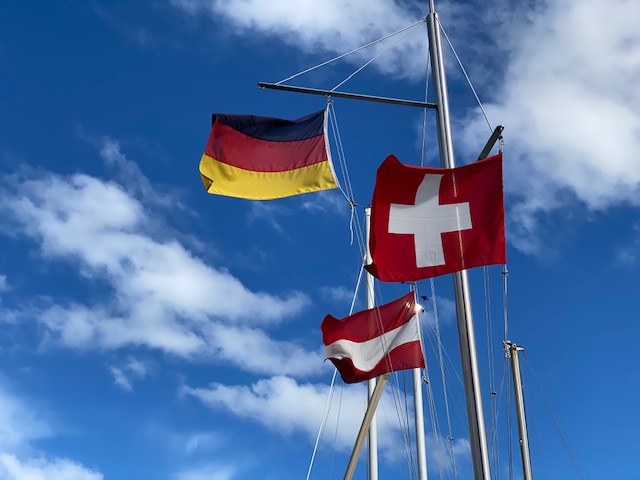
And us?
In 2021
- We did a three-week rail trip to Germany, Poland, Czechia, Slovakia and Austria.
- A five-day midweek stay in Mallorca, Spain.
- Overnight stays in Utrecht, Eindhoven and Ommen in the Netherlands.
- We did two nights in the Belgian Ardennes.
- Overnight stays in Durbuy and Louvain-la-Neuve.
Want to know more?
For more such statistics, go to Eurostat. There you’ll find some lovely charts as well.

38 Comments Add yours